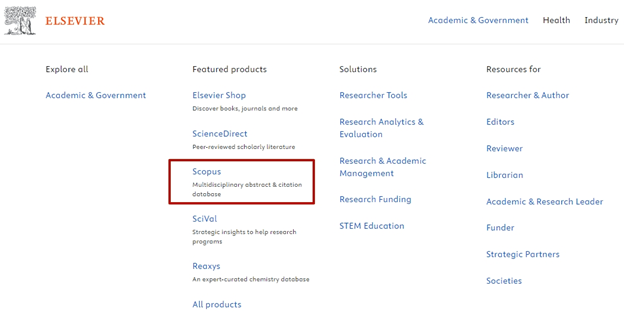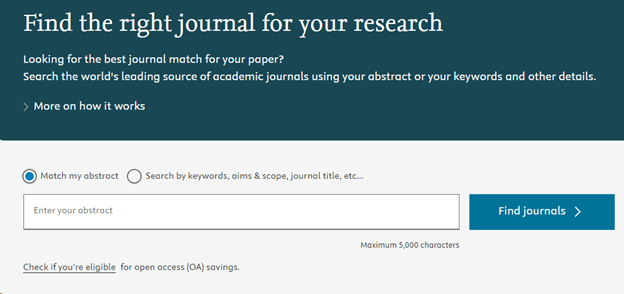Elsevier Publisher: Journals, Scopus database and Journal Finder service
- May 21, 2024
- Posted by: Yury Subachev, PhD
- Categories: For young scientists, Paper publication, Useful tools
-
Post Views: 600

The official Elsevier website presents scientific articles on a wide range of disciplines from peer-reviewed journals published by the homonymous publishing house. Elsevier is one of the four largest publishing houses in the world, accounting for a quarter of all published materials.
The service is used by more than 30 million scientists, researchers, and students from 180 countries. About 240 million publications are downloaded from the website annually. The article will present the history of the publishing house and the features of the official website.
The publishing house has been in existence for almost 150 years, with branches in the USA, UK, Brazil and many other countries and the head office located in Amsterdam (Netherlands). Universities, ministries, libraries and other research centres around the world have access to information posted on Elsevier’s official website. Large corporations in America, Europe, and Asia subscribe to it.
Elsevier publishes about a quarter of the world’s publications annually and is one of the four largest publishers in the world. The company owns the scientific metric database Scopus and is a part of the Reed Elsevier holding company, generating up to 45% of its profits.
Elsevier’s description in numbers:
- The publisher’s archive contains about 7 million scientific papers.
- The publishing house issues over 2 thousand scientific journals every year in which about 250 thousand articles from various fields of knowledge are published.
- Around 4,500 scientific organisations and academic institutions from 180 countries of the world have access to a huge collection of peer-reviewed publications.
- In total, over 30 million students, researchers and scientists use information obtained from the official Elsevier website.
- More than 240 million scientific papers are downloaded through the service every year.
The publisher’s financial policies are extensively criticised for their considerable subscription fees and copyright transfer rules. Nevertheless, the company continues to develop successfully and its profits continue to grow.
2. Institution and development history.
Elsevier was founded in 1880; it was named in honour of the old-line publishing house of the Elsevier family which had ceased its work two hundred years before. In the 60s and 70s, the publishing house bought up many non-profit journals and academic organisations that published them, which became an impetus for its active development. Subsequently, Elsevier managed to significantly increase the value of these editions without losing the existing subscribers.
In 1999, the publishing house set up the ScienceDirect platform – its online service combined with an online shop. Five years after (in 2004), the largest database Scopus was created on the basis of this platform.
3. Finding a scholarly journal for your article.
The official website offers up-to-date information on journals, proceedings and books indexed in Scopus. To do this, just select the appropriate Scopus section:

In turn, the Elsevier Journal Finder section will help you to find a suitable journal for publication of your article:

Conclusion
The Elsevier website is visited daily by researchers and scientists from all over the world to get information about journals and proceedings included in the Scopus database. The publishing house has been successfully developing for almost 150 years. Despite the frequent criticism for overpricing, the publishing house has firmly established itself as a leader and has not given up its position.
In addition, the Elsevier Journal Finder service will help you to find the most suitable journal to publish your article.
Useful resources
How useful was this post?
Click on a star to rate it!
Average rating 5 / 5. Vote count: 10
No votes so far! Be the first to rate this post.
